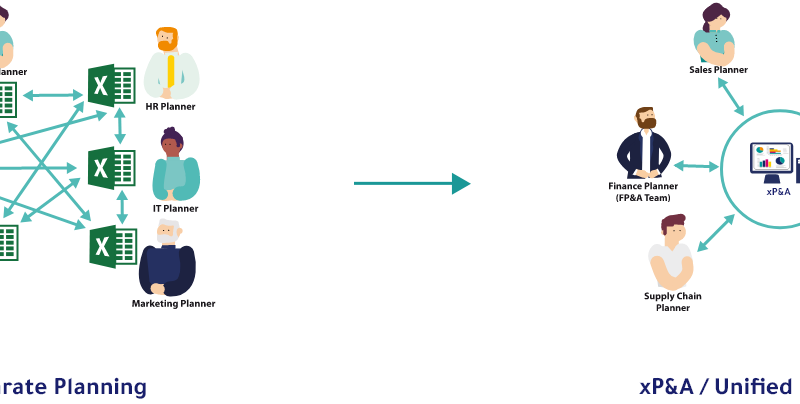
Five Tips for Better Business Cash Flow Forecasting
Your cash flow forecast is the most important part of your business plan. It’s what allows you to predict how much money will come in and go out each month, which means it’s imperative that this section be as accurate as possible for any successful company looking at long-term success!
There are five critical factors that you need to pay attention to in creating your cash flow forecast. For a more detailed explanation on how this works, check out our guide on managing cash flow forecasts.
- Profits and Cash are Different
Even profitable companies can run out of cash. When your company makes a sale to a customer, but that customer takes 30 or even 60 days (or more) before they pay their bill- this leads businesses running out of cash. When you’re making sales and collecting payments from customers it’s important for both parties involved in the transaction to have clear expectations about when each payment is due so no one feels taken advantage of by another party who did not meet his/her end date on time goals!
- Cash from Account Receivables
Accounts receivable is the amount of money that your customers owe you. This can be a good thing if it helps increase sales, but there are some downsides to having too much accounts paid-back in invoices and wait time before getting payed out from those who did spend money with them – especially on larger purchases where waiting could potentially lead into increased costs due other factors such as price breaks or discounts during promotions which would otherwise have never happened without having an active account balance waiting for return offers instead at full retail rate!
How Soon Do Customers Pay?
If you’ve been sending invoices, the number of days it takes for your customers to pay can be an important factor. You might think that 30 is enough time but on average people give 45-day payments instead so use this as an estimate and plan accordingly!
- Monitor Payables Continuously
Payables are the opposite of receivables. You may have purchased something for your business and received a bill, but until you pay it back in full – which will reduce these items on our balance sheet – we’ll continue to record what is owed as “accounts payable” under Payable section at $500K
Just like when someone pays off their loan early by writing out an extra hundred bucks or so from scratch before sending over payment with only enough liquidity left over because who knows how long ago this all occurred?!
Estimate Your Account Payable Variables
Just like account receivables, you can estimate your cash flow forecast accurately as to how much cash you will be left after paying off the vendors.
Perhaps slow down the rate at which you pay vendors so that more money stays inside of business longer or perhaps use credit instead and just wait awhile before paying off old bills?
- Accurate Inventory Estimates
Inventory is one of the most important things to keep track of when running a business. Not only does inventory control help maintain inventory levels, but it also helps to forecast inventory needs and ultimately improve profits. The bottom line is that inventory is an important cost to consider when selling products. By keeping track of inventory levels and costs, businesses can more accurately forecast their profits and losses.
Anytime you purchase inventory, the money will come out of your cash flow forecast. The inventory you’ve purchased will appear as an asset on your balance sheet. To avoid confusion, I recommend using LivePlan to experiment with your inventory assumptions. With your sales forecast, it will automatically calculate how much inventory to purchase. By doing this, you can save time and effort in the long run.
- Scenario Prediction for Cash Flow Forecasting
Forecasting is all about trying to answer questions about what will happen in the future. Specifically, a cash flow forecast is used to answer questions about a company’s cash position over a certain period of time. This information is then used to make decisions about things like inventory levels, expenses, and investment opportunities. While forecasting is not an exact science, it can give you a good idea of what to expect in the future and help you make more informed decisions.
Instead of sticking with a single scenario, you may construct numerous expectations from one to help you be ready for a range of outcomes. As with every projection, we advise starting with three:
- Worst case scenario: Your financial situation in the event of a failure
- Best case scenario: Your financial situation after good development
- Actual case: What do you anticipate will happen to your cash flow?
You may browse several possible outcomes and see the effects of future circumstances by running these scenarios.
Accurate Cash Flow Forecasting Ensures Business Success
To wrap it up, cash flow forecasting can help you make informed decisions about your cash flow. By predicting when you will have cash available, you can avoid costly penalties and interest charges. In addition, cash flow forecasting can help you make better use of your cash by investing it in assets that will appreciate over time. Finally, cash flow forecasting can help you manage your taxes by predicting when you will have a tax liability and planning accordingly. By following the tips we’ve talked about here, you can take control of your cash flow and improve your financial situation.



